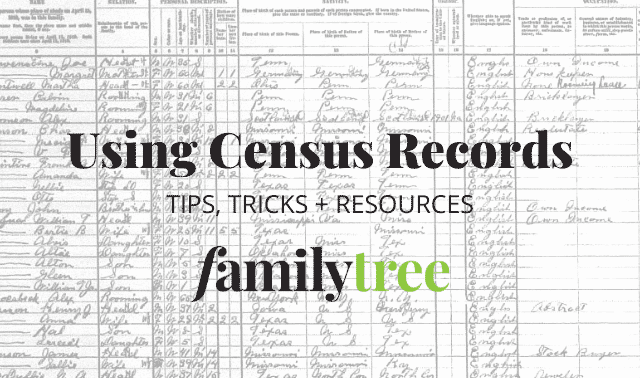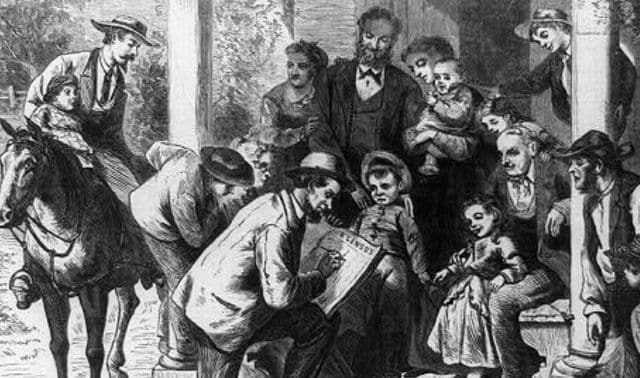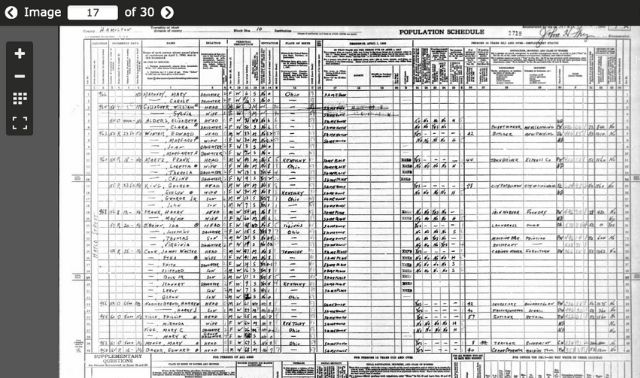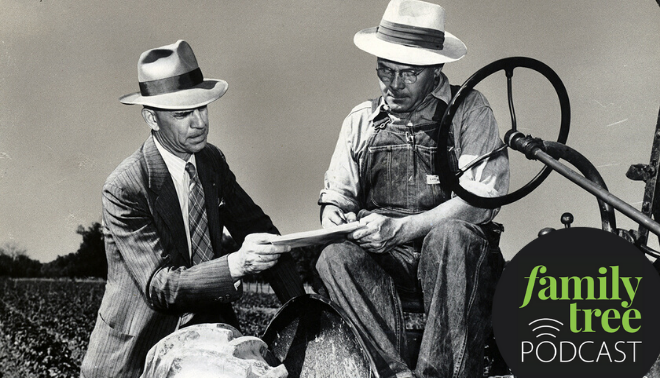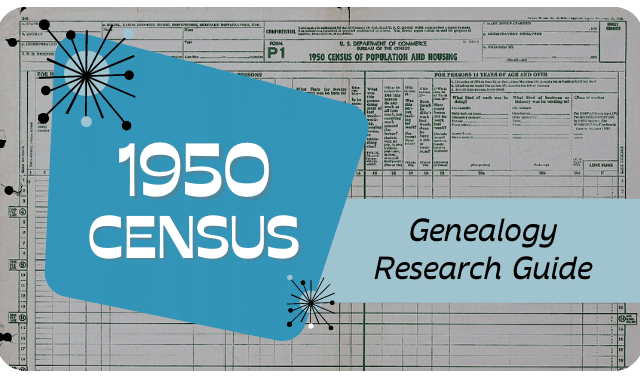Sign up for the Family Tree Newsletter! Plus, you’ll receive our 10 Essential Genealogy Research Forms PDF as a special thank you.
Get Your Free Genealogy Forms
"*" indicates required fields
Table of Contents
The 1900 census returned to its familiar horizontal orientation, and for the first and only time among available censuses, asked adults for their month and year of birth. If an ancestor was recorded in 1900, you can finally resolve those nagging questions from other censuses about approximated ages. The 1900 forms added a question about number of years married and was the first census to ask about home ownership—owned or rented, and owned free or mortgaged.
Another 1900 first: Enumerators asked for the year a person immigrated to the United States. Given the loss of the 1890 returns, with their question about how long a person had been in the country, 1900 represents your earliest opportunity to let the census nail down that elusive “crossing the pond” year. Armed with this fact, you can narrow your passenger records search.
David Fryxell, “US Census Information Year-by-Year for Genealogists“
ADVERTISEMENT
1900 Census Fast Facts
OFFICIAL
DATE
June 1
NUMBER OF
QUESTIONS
28
NUMBER OF
STATES
45
(Alaska, Arizona, Hawaii, New Mexico, and Oklahoma enumerated as territories)
DECENNIAL
CENSUS NUMBER
12th
NOTABLE
QUESTIONS
American Indian schedule
Blind and deaf
Birth month and year
Years married
Home ownership
Immigration year
10 LARGEST CITIES
New York City, NY
Chicago, IL
Philadelphia, PA
St. Louis, MO
Boston, MA
Baltimore, MD
Cleveland, OH
Buffalo, NY
San Francisco, CA
Cincinnati, OH
1900 Census Form Image

1900 Census Questions
General Population Questions
- Number of dwelling home in order of visitation by enumerator
- Number of family in order of visitation by enumerator
- Name
- Relation to head of the family
- Color or Race (Enumerators were to mark “W” for White, “B” for Black, “Ch” for Chinese, “Jp” for Japanese, or “In” for American Indian.)
- Sex
- Date of Birth
- Age
- Was the person single, married, widowed, or divorced?
- How many years has the person been married?
- For mothers, how many children has the person had?
- How many of those children are living?
- What was the person’s place of birth?
- What was the person’s father’s place of birth?
- What was the person’s mother’s place of birth?
- What year did the person immigrate to the United States?
- How many years has the person been in the United States?
- Is the person naturalized?
- Occupation, trade, or profession
- How many months has the person not been employed in the past year?
- How many months did the person attend school in the past year?
- Can the person read?
- Can the person write?
- Can the person speak English?
- Is the person’s home owned or rented?
- If it is owned, is the person’s home owned free or mortgaged?
- Does the person live in a farm or in a house?
- If a person lived on a farm, the enumerator was to write that farm’s identification number on its corresponding agricultural questionnaire in this column.
American Indian Population Questions
- Indian Name
- Tribe of this person
- Tribe of this person’s father
- Tribe of this person’s mother
- Fraction of person’s lineage that is white
- Is this person living in polygamy?
- Is this person taxed? (An American Indian was considered “taxed” if he or she was detached from his or her tribe and was living in the White community and subject to general taxation, or had been alloted land by the federal government and thus acquired citizenship.)
- If this person has acquired American citizenship, what year?
- Did this person acquire citizenship by receiving an allotment of land from the federal government?
- Is this person’s house “movable” or “fixed?” (Enumerators were to mark “movable” if the person lived in a tent, tepee, or other temporary structure; they were to mark “fixed” if he or she lived in a permanent dwelling of any kind.)
United States Census Bureau, Index of Questions: 1900
ADVERTISEMENT
Where can I find the 1900 census?
How to Read the 1900 Census
The 1900 population schedule is unique in that it captures details about the month and year of birth for each individual. It also records the number of children each woman had birthed and the number of her children still living. For the first time, census takers asked for immigration year and naturalization information.
Other new details include whether a person could speak English, street name, house number and home ownership. This sample population schedule shows examples of each of these pieces of data. Take time to read every line of your ancestor’s population schedule carefully and consider what each detail tells you about the residents of the household. Taken together, the data provide insight into the group and should point you to other records promising more genealogical evidence.
- Street name and house number provide a person’s precise location, helpful for finding property records and identifying schools and places of worship.
- Relationship information was more concise than in previous censuses because the enumerators had better instructions.
- Month and year of birth are provided, along with the age at the last birthday.
- Marital status is listed, along with number of years married. This can help you narrow year of marriage and, using the Nativity columns, the possible marriage location.
- Women responded to the number of children they’d had and the number still living in 1900. This can help you verify family relationships.
- The birthplace of each individual and his or her parents provide strong clues to nationality. Respondents were asked for the name of the state or territory of the United States or for the foreign country.
- The citizenship columns provide excellent information for tracing immigrant ancestors. Year of immigration to the United States is listed for all foreign-born individuals. The number of years in the United States should match the year of immigration.
- Na in the naturalization column denotes a foreign-born person who was naturalized. A Pa indicates final naturalization paperwork was in process. Non-citizens were noted with an A for Alien. But enumerators often left this column blank.
- The occupation columns describe employment for each person age 10 and older, and tell how many months in the past year the person was unemployed.
- Educational details include how many months in the past year a person attended school, and whether he or she could read, write and speak English. Literacy is an indicator of the household’s financial conditions.
- Home ownership columns note whether the property was owned or rented. If your kin reported owning, you’ll learn whether they had a mortgage.
- The schedule indicated whether the property was a home or a farm. For farms, the enumerator completed a separate agricultural schedule and filled in the schedule’s number in the last column. Locate any agricultural schedule noted, as it will provide insight into the operations and output of the farm. These schedules are available on microfilm through the National Archives and the Family History Library and Family History Centers.
George G. Morgan
A version of this article appeared in the November 2010 issue of Family Tree Magazine.
1900 Census Research Resources
Websites
Archives.gov
1900 Federal Population Census Catalog of NARA Mircofilm
Census.gov
1900 Fast Facts
1900 Overview
1900 Index of Questions
1900 Census Instructions
Census Online
Soundex Converter (In the 1930s, the WPA used the Soundex system to index 1900 census on 3×5 cards.)
CensusRecords.com
1900 Census
Family Tree Wiki
United States Census 1900
Books and Publications*
1900 African American Census in the Seminole and Muscogee Nations compiled by Nita Ighner
*FamilyTreeMagazine.com is a participant in the Amazon Associates Program, an affiliate advertising program. It provides a means for this site to earn advertising fees, by advertising and linking to Amazon and affiliated websites.
ADVERTISEMENT


